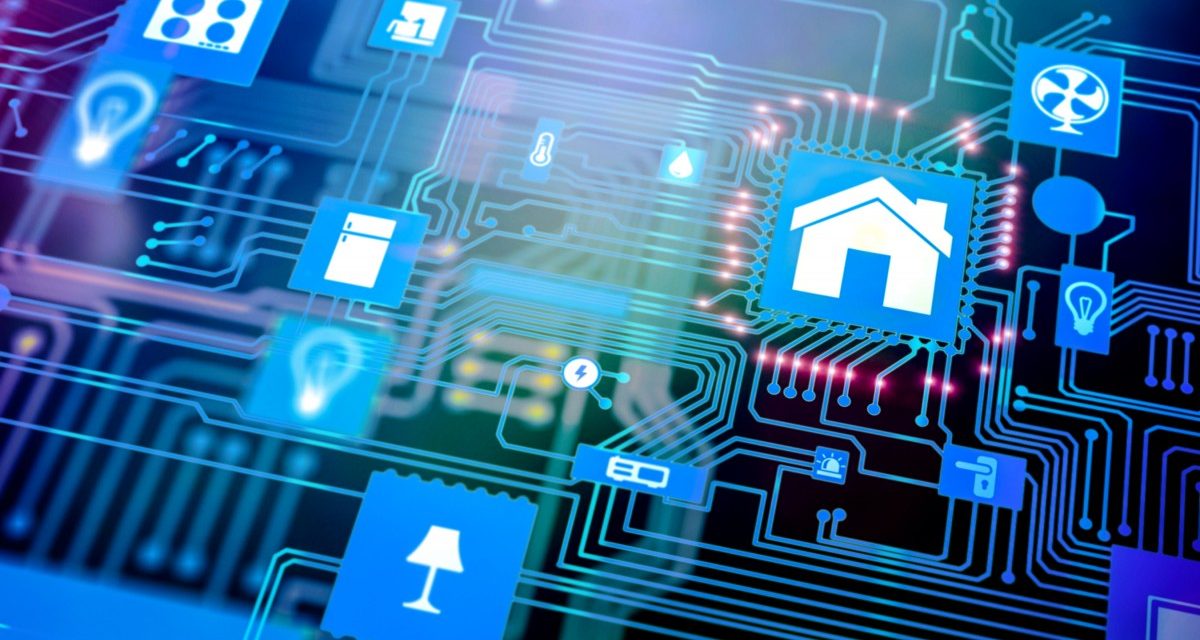Smart Energy Management Goes Beyond The Meter

By Michael Ford, Aegis Software

Michael Ford
Domestically, in many countries today, there are times when we can actually be paid to use electricity. At least one Smart energy provider changes their prices in real-time, displayed on their app in real-time, that helps you choose when to do things that consume significant energy. Prices do in fact go negative from time to time. Though this is associated with Smart meters, it is what you do in reaction to the price changes that brings results. Industry will soon be seeing the same opportunities become the norm.
Deciding when to do activities, such as charging the car, heating the hot water and the house, or even just taking a shower, could massively affect the cost of energy, as well as our environmental impact. For many years, there has been the concept of “off-peak” electricity, where for a set overnight period, electricity becomes cheaper. Immense technology is required to meet fluctuations in electricity supply, maintaining the speed of traditional generators, spinning them up and down as required. Each change takes time and has cost association. Energy generation management has long been a knife-edge balancing act. The situation has become much more complicated with the significant contributions made by renewable energy. On a sunny, summer day, or a brisk windy day, in some countries, such as the UK for example, does not need any legacy energy generation. The weather however is quite unpredictable. Fluctuations in demand of traditional energy generation sources now fluctuate far more acutely, as both supply and demand now change continuously. In terms of supply, we want to make the most use of these dynamic renewable energies, so the best method is to try to influence demand to coincide with their availability. The cheapest electricity is no longer at night. A fresh spring day is likely to see the negative prices.
As well as using the app to follow current prices, home automation can become connected, so as to automatically turn charging the car etc. on and off, and perhaps another voice to tell me when to take that shower. How about doing the same in manufacturing? Energy companies are keen to start rolling this out into industry.
Understanding the energy consumption of various manufacturing activities will help us to understand how schedules can change in favor of energy cost reduction. The good news is that benefits from simply getting started with Smart energy management can be available straightaway. The first step is to understand how much energy each process consumes in all of the different modes of operation. Energy sensors and meters can be attached at the individual machine or device level, the line level, or section of the factory. In the next version v1.3 of the IPC Connected Factory Exchange (CFX) standard, expected to be available in March 2021, energy management messages are included. As well as energy consumption, there are also new messages to provide information about sleep states, and the ability to control machines in and out of sleep states during periods where active use is not be required. It is essentially like putting your laptop into a shallow sleep state, even if it is only the monitor going off, as you go away from your desk to make coffee, with instant ON when you return.
Overnight for example, hibernation is a nice option as it saves almost all the power, and yet resumes to where you were in a reasonably short time. Machines in production will need to know when and how they will be required in the near future, before they can really take advantage of low-energy sleep-states. Some machines may require several minutes to resume operation, it is no good waiting for the next product to arrive for processing. The energy-aware MES solution provides the detailed schedule for machines in the immediate future, and records the flow of products between processes, knowing the times needed to move from one process to another. Where there is CFX communication with machines, each one can be moved between the appropriate sleep states, saving energy, whilst providing zero operational disruption. For non-connected machines, operators can be informed as to when and how to put machines in and out of sleep states. Even without Smart meters, there is a significant cost saving available, after a little homework, to work out the possible sleep state policies across key equipment. With Smart meters, CFX and the energy-aware IIoT-based MES solution, this can all be automated, with live confirmation that the sleep state commands have been acknowledged and transitions executed.
Another benefit of the Smart meters on the equipment and lines is that an energy profile of each product at each stage of production can be created. Once information about dynamic energy tariffs is available and connected, production plans can be influenced, moving the highest consumers to be during times that energy is the cheapest. Non-production activities, such as changeovers, maintenance or quality checks can be planned to take place when energy cost is at the highest. Shift patterns may also be changed, following developing cost patterns.
In addition to the energy saving itself, governments are expected to be offering more in terms of financial incentive for the reduction of energy usage in terms of environmental impact. It can all add up to provide a significant advantage to manufacturing, just as nice as being paid to have a regularly fully charged EV and a tank of hot water etc. can be for consumers right now. This is smart, energy management at its finest!












